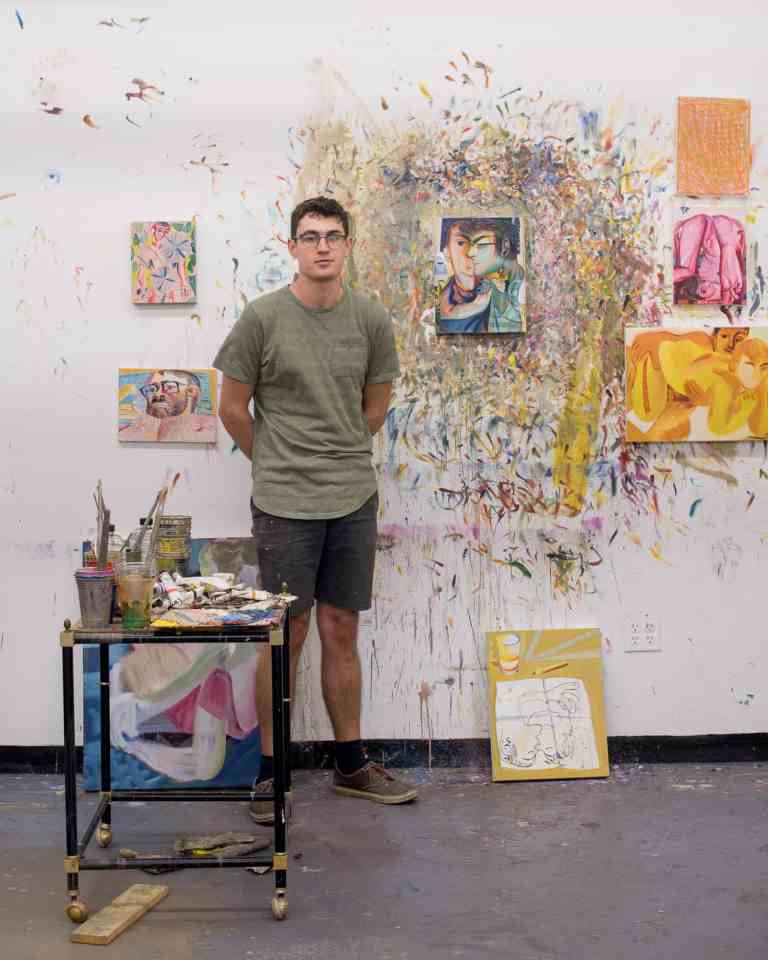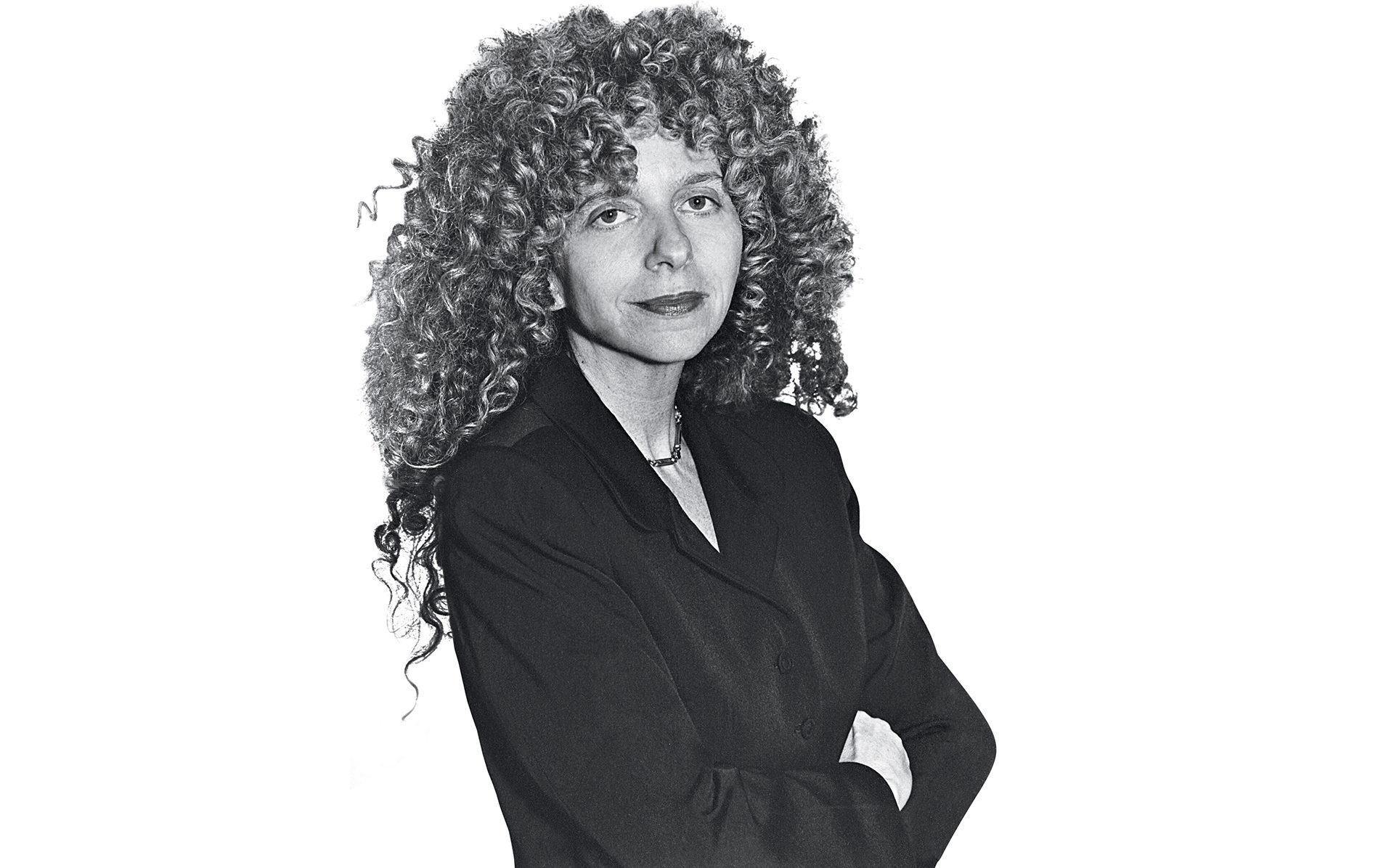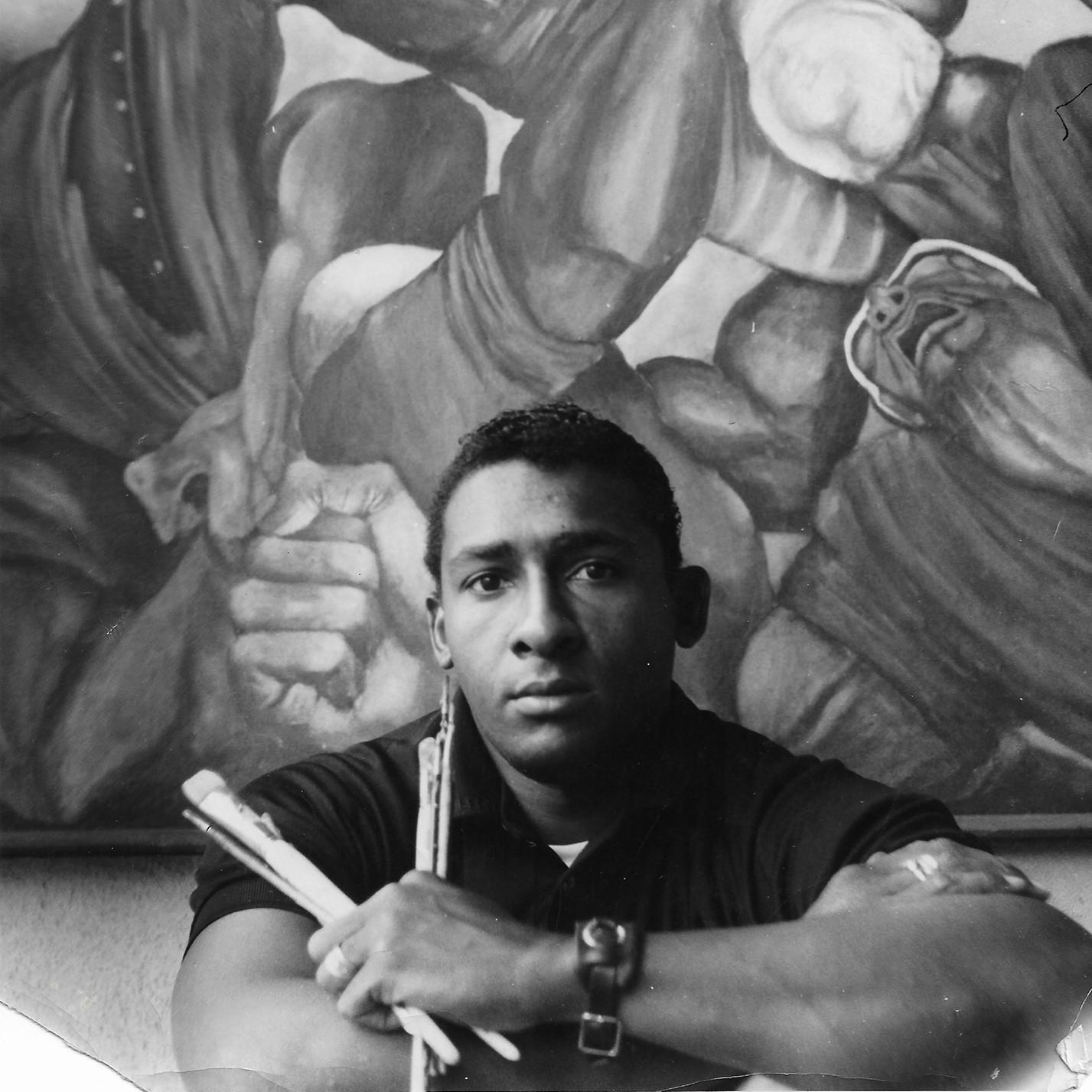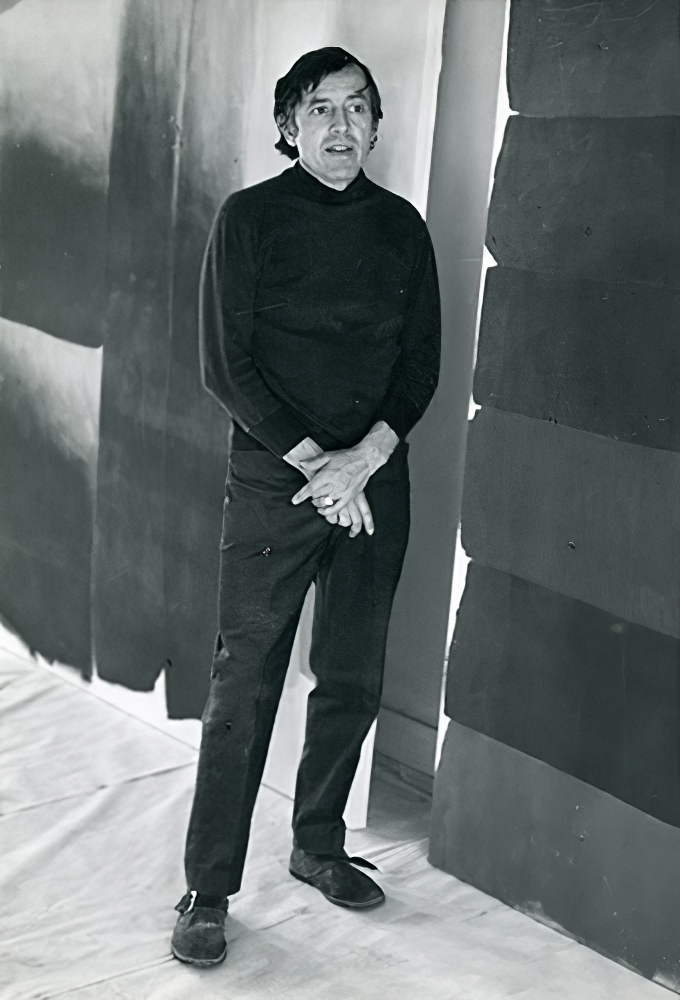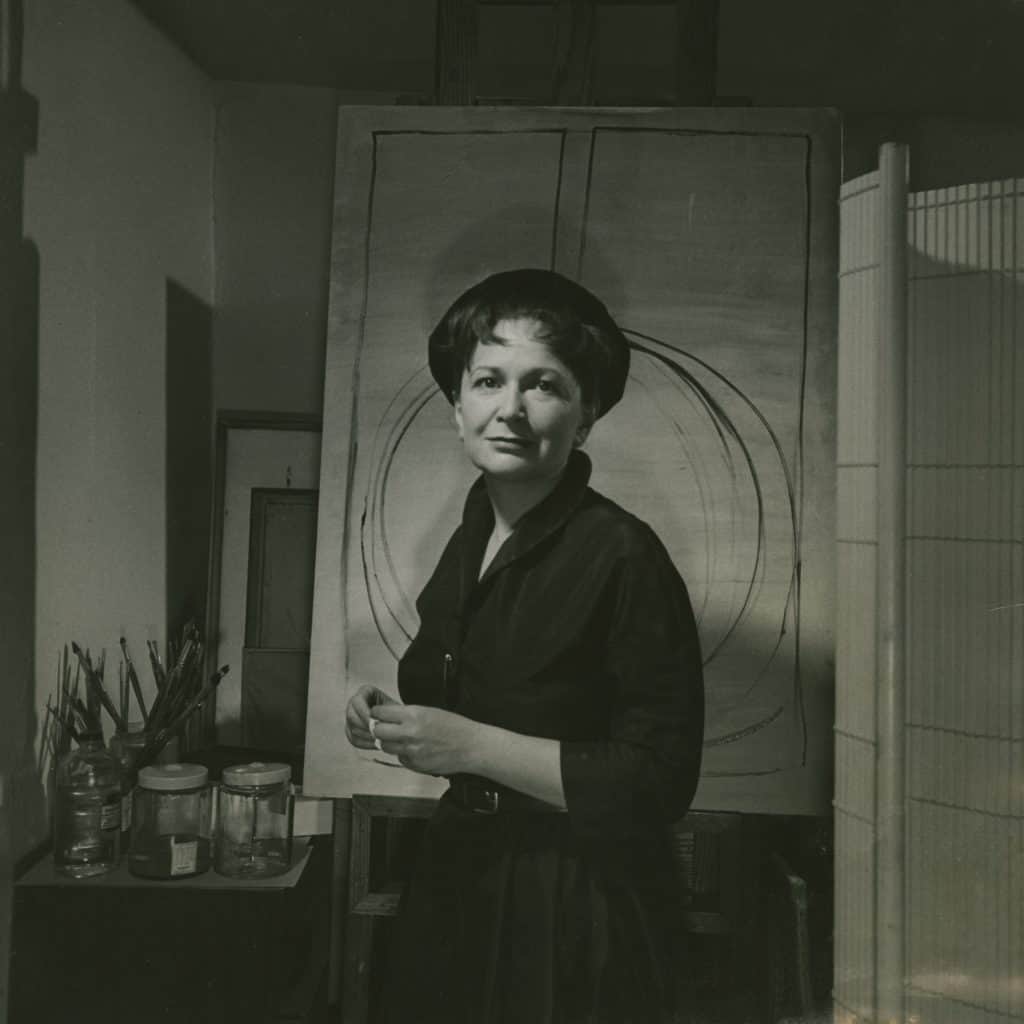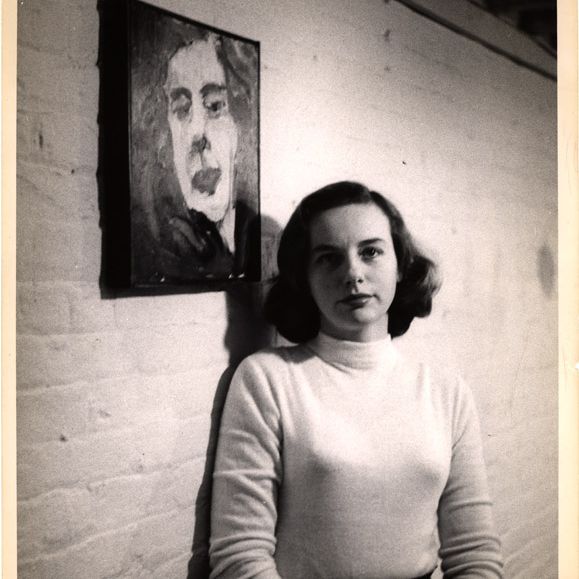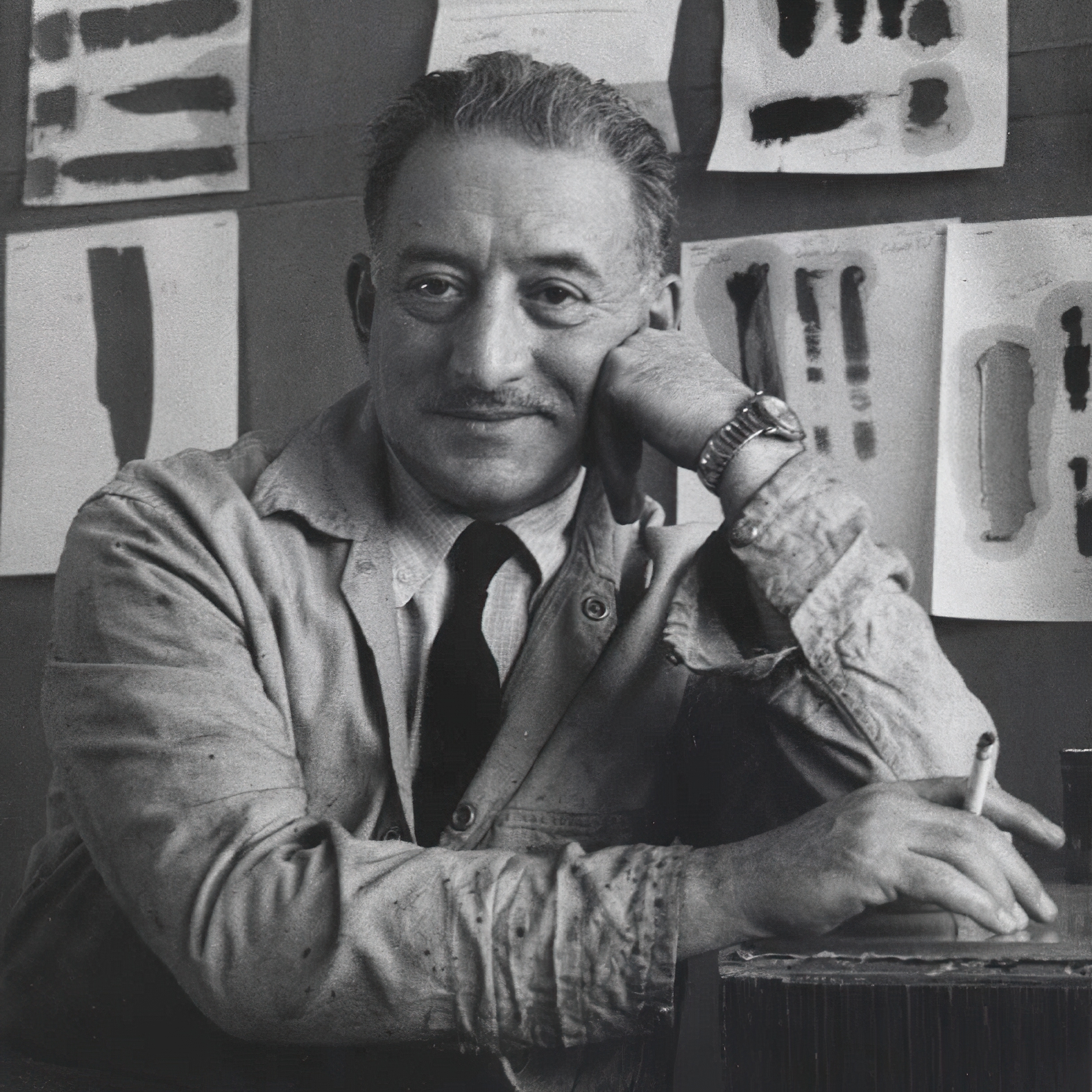
First Open | Post-War & Contemporary Art
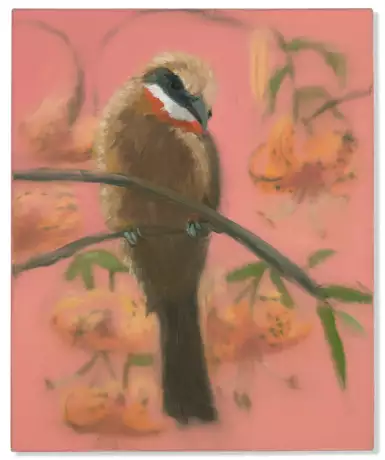
Ann Craven is a contemporary American painter known for her lush depictions of the moon, birds, and multi-colored stripes. Craven’s use of serial motifs belies her interest in ephemeral moments, seasonal cycles, and the changeable qualities of painting. She received her BFA from the Massachusetts College of Art in 1986 and her MFA from Columbia University in 1993. She notably served as an artist assistant to Alex Katz, whose work influenced her own. Much of Craven’s practice revolves around painting en plein air, in this way she has captured the moon on hundreds of nights over the years. The artist currently lives and works in New York. Today, her works are held in the collections of the Whitney Museum of American Art in New York, the Museum of Contemporary Art in Chicago, and the Institute of Contemporary Art in Miami, among others.
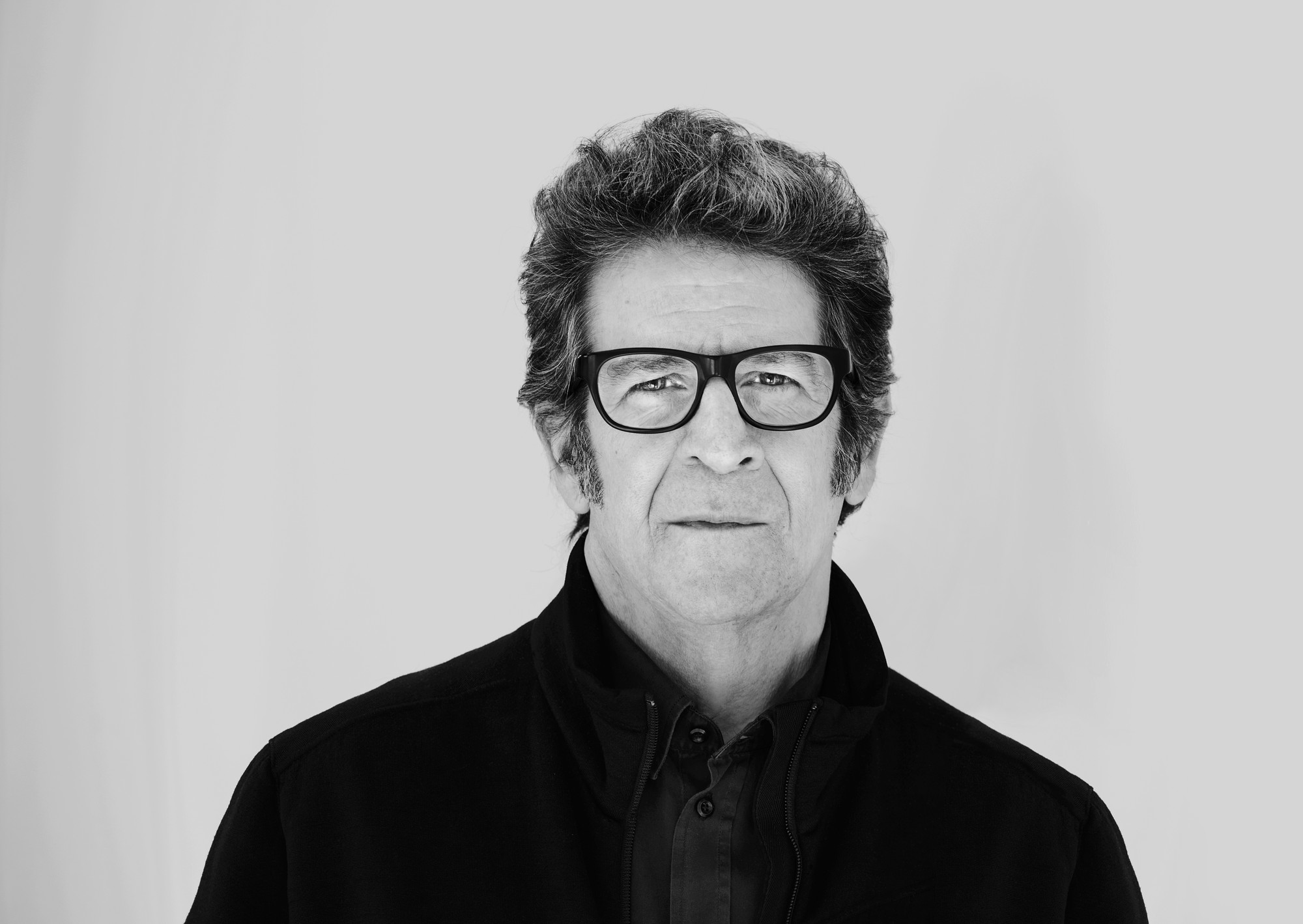
Robert Longo is an American artist, filmmaker, photographer and musician.
Longo became first well known in the 1980s for his Men in the Cities drawing and print series, which depict sharply dressed men and women writhing in contorted emotion. He lives in New York and East Hampton.
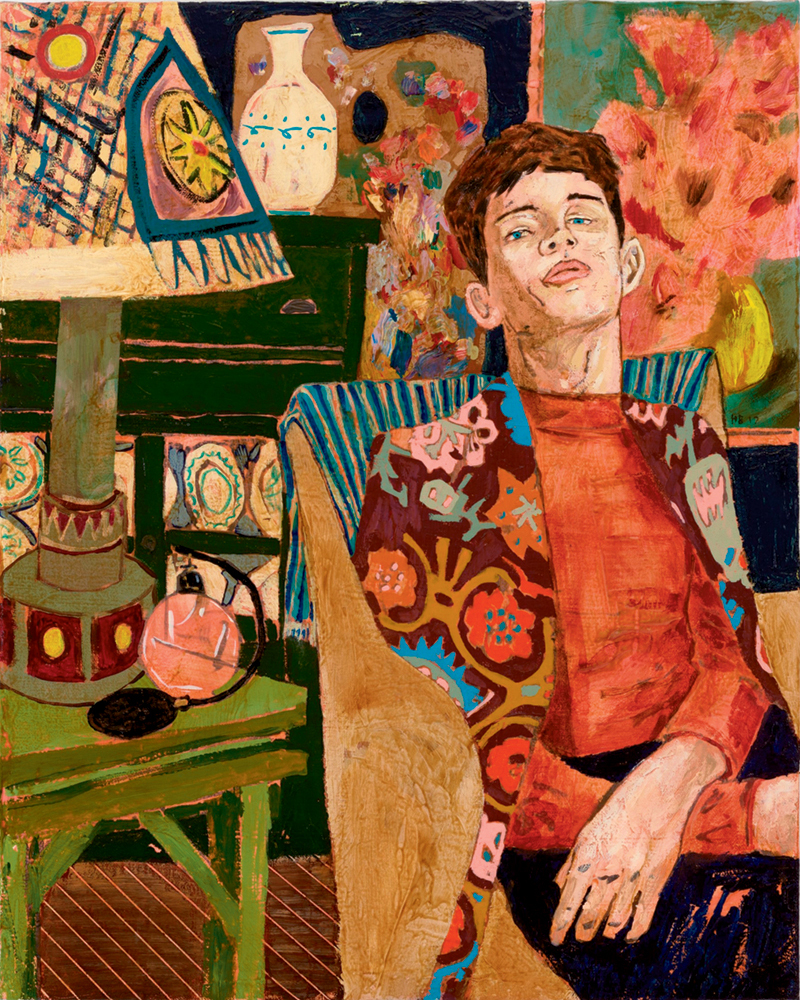
Hernan Bas is an artist based in Detroit, Michigan. He graduated in 1996 from the New World School of the Arts in Miami.
Bas is known for his depictions of waifs and dandies, who are somewhat based on his own experiences, as well as his work with the material SlimFast and the paranormal. Overtime, Bas says, these characters have grown in his paintings and taken on different roles. Bas is gay and queerness often influences his work in the form of waifs and other young men, typically recurrent characters in his work.

Glenn Ligon is an American conceptual artist whose work explores race, language, desire, sexuality, and identity. Based in New York City, Ligon's work often draws on 20th century literature and speech of 20th century cultural figures such as James Baldwin, Zora Neale Hurston, Gertrude Stein, Jean Genet, and Richard Pryor. He is noted as one of the originators of the term Post-Blackness.
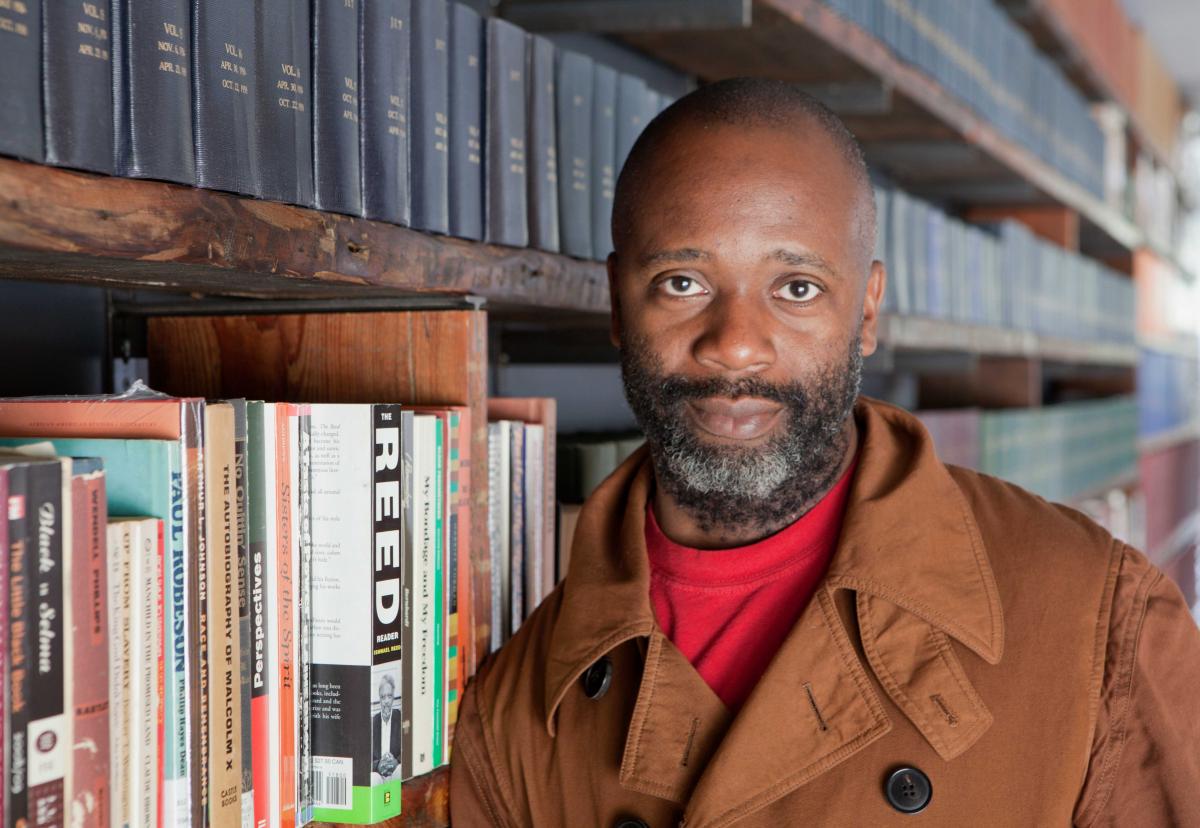
Theaster Gates is an American social practice installation artist and a professor in the Department of Visual Arts at the University of Chicago.
Gates' work has been shown at major museums and galleries internationally and deals with urban planning, religious space, and craft. He works to revitalize underserved neighborhoods by combining urban planning and art practices. Gates' art practice responds to disinvestment in African-American urban communities, particularly in the wake of the financial crisis of 2007-2008, addresses the importance of formal archives for remembering and valuing Black cultural forms, and disrupts artistic canons, especially those of post-painterly abstraction and color field painting.
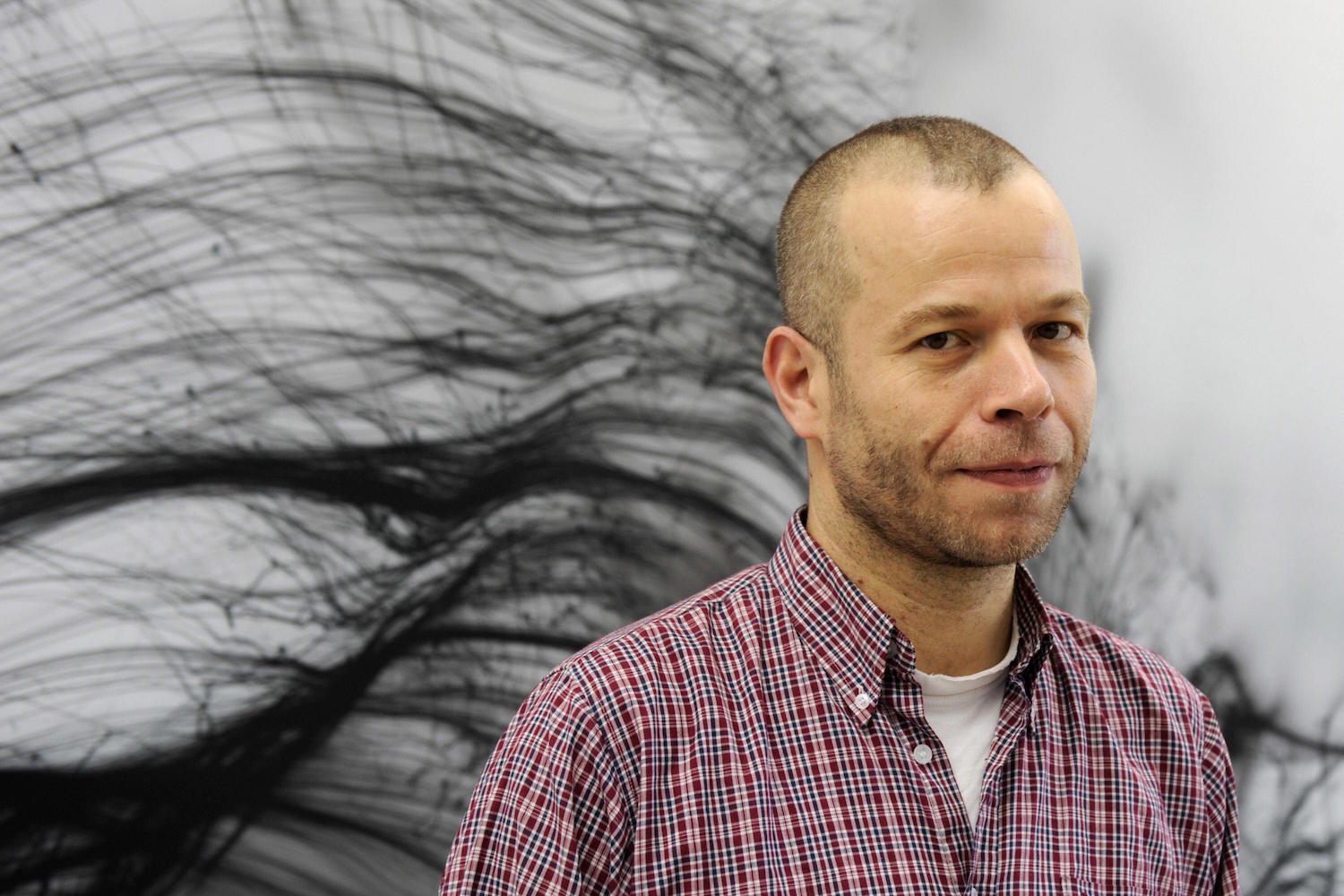
Wolfgang Tillmans is a German photographer. His diverse body of work is distinguished by observation of his surroundings and an ongoing investigation of the photographic medium’s foundations.
Tillmans was the first photographer – and also the first non-British person – to be awarded the Tate annual Turner Prize. He has also been awarded the Hasselblad Award, the Royal Photographic Society's Centenary Medal, the Royal Academy Summer Exhibition's Charles Wollaston Award, The Culture Prize of the German Society for Photography, and is an Academician of the Royal Academy of Arts, London.
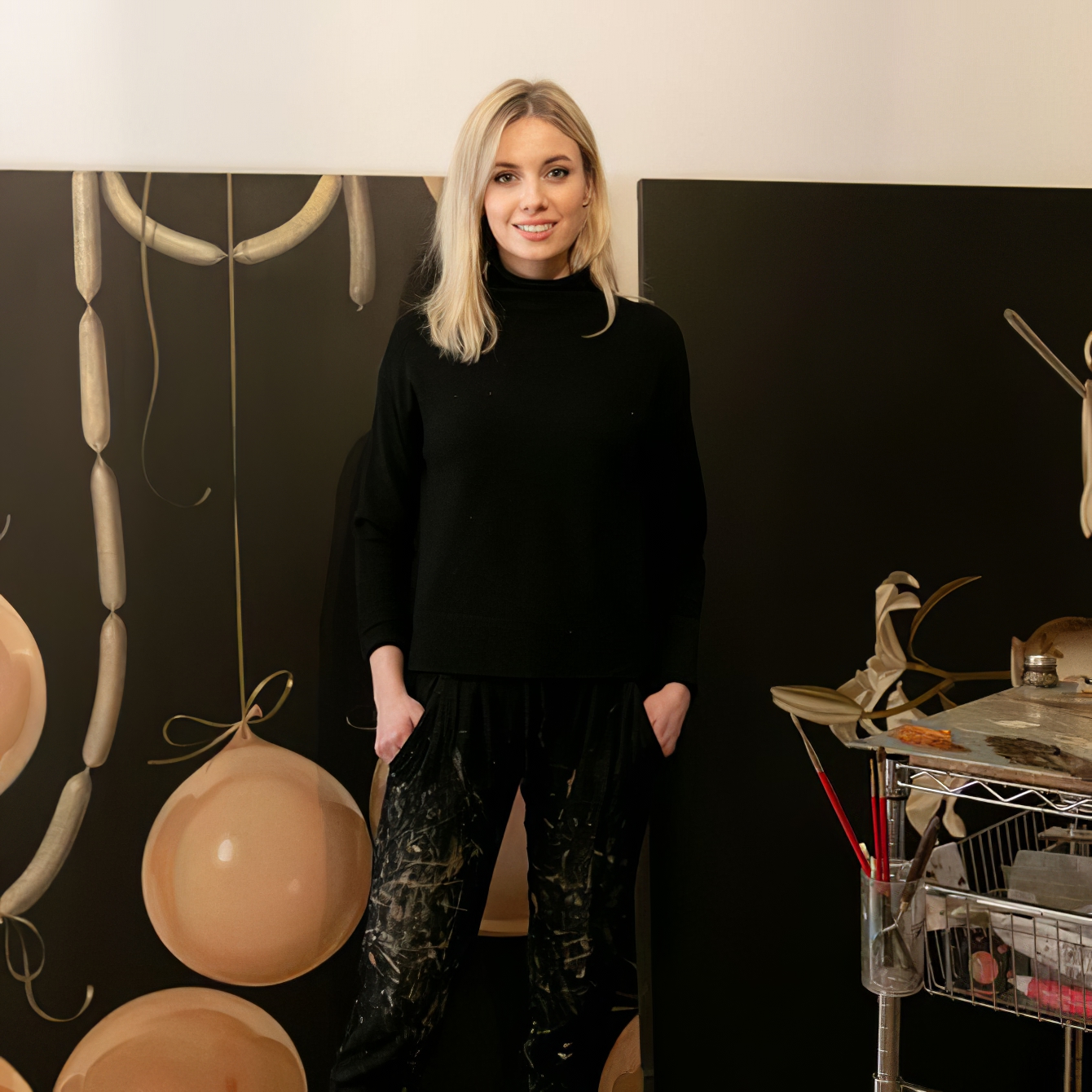
Anna Weyant is a Canadian New York City–based artist whose figurative paintings blend influence from the Dutch Golden Age with an awareness of contemporary popular culture and social media.
Weyant has been represented globally since May 2022 by Gagosian Gallery, owned by Larry Gagosian.
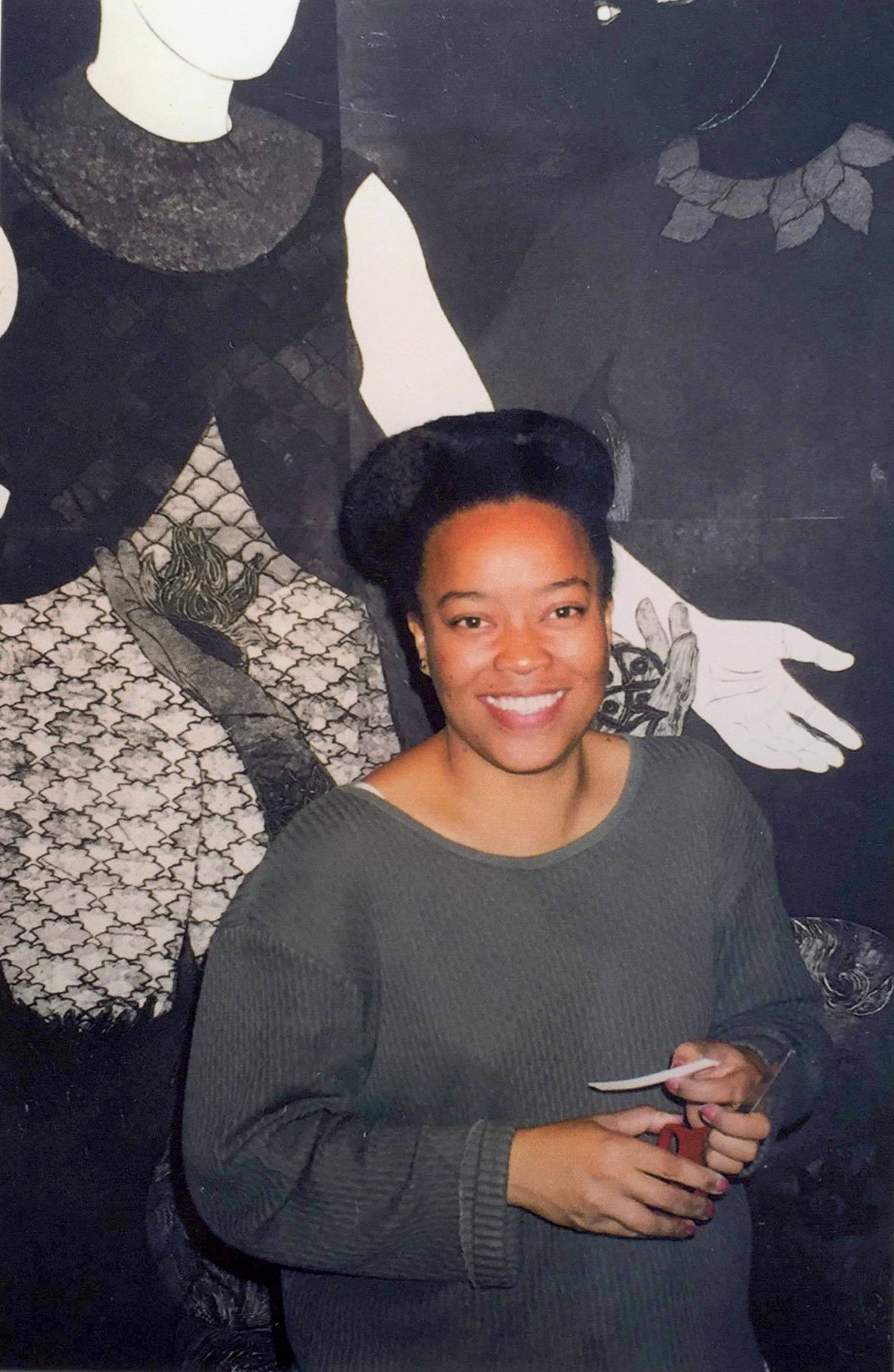
Belkis Ayón was a Cuban printmaker who specialized in the technique of collography. Ayón created large, highly-detailed allegorical collographs based on Abakuá, a secret, all-male Afro-Cuban society. Her work is often in black and white, consisting of ghost-white figures with oblong heads and empty, almond-shaped eyes, set against dark, patterned backgrounds.

Belkis Ayón was a Cuban printmaker who specialized in the technique of collography. Ayón created large, highly-detailed allegorical collographs based on Abakuá, a secret, all-male Afro-Cuban society. Her work is often in black and white, consisting of ghost-white figures with oblong heads and empty, almond-shaped eyes, set against dark, patterned backgrounds.
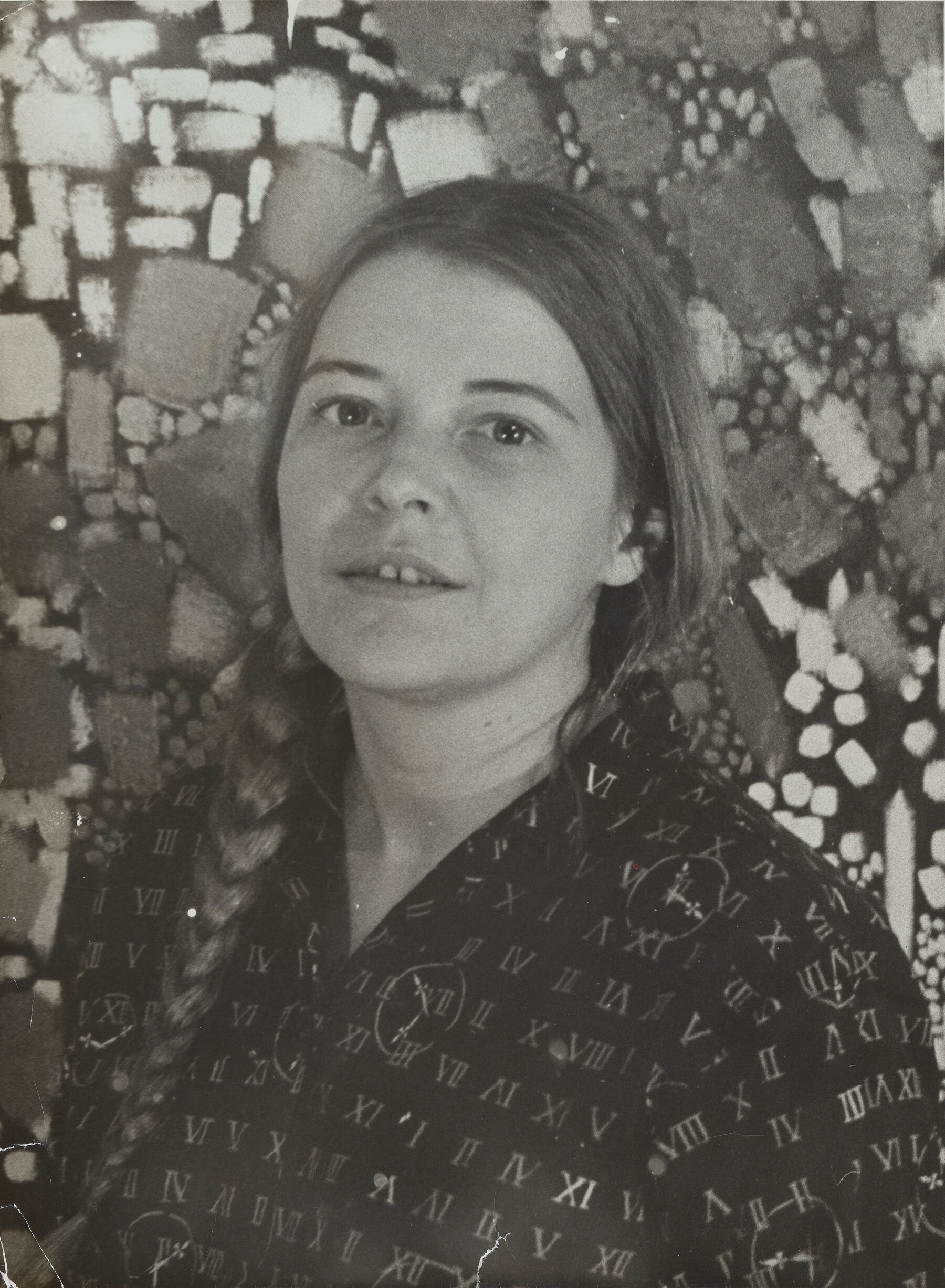
Lynne Mapp Drexler was an American abstract and representational artist, painter and photographer.
In the late 1950s, she was an abstract expressionist and was "counted among an important group of women artists whose figural and landscape works were often overlooked during the heyday of post-abstract expressionist modernism — artists such as Jane Freilicher, Lois Dodd, and Jane Wilson."
She would often go to opera and symphony performances with a sketchpad and colored crayons in hand to make sketches inspired by the music.

Lynne Mapp Drexler was an American abstract and representational artist, painter and photographer.
In the late 1950s, she was an abstract expressionist and was "counted among an important group of women artists whose figural and landscape works were often overlooked during the heyday of post-abstract expressionist modernism — artists such as Jane Freilicher, Lois Dodd, and Jane Wilson."
She would often go to opera and symphony performances with a sketchpad and colored crayons in hand to make sketches inspired by the music.

Lynne Mapp Drexler was an American abstract and representational artist, painter and photographer.
In the late 1950s, she was an abstract expressionist and was "counted among an important group of women artists whose figural and landscape works were often overlooked during the heyday of post-abstract expressionist modernism — artists such as Jane Freilicher, Lois Dodd, and Jane Wilson."
She would often go to opera and symphony performances with a sketchpad and colored crayons in hand to make sketches inspired by the music.

Alexander Calder was an American artist celebrated for his revolutionary contributions to modern sculpture, including his invention of the mobile. Born into a family of artists on July 22, 1898, in Lawnton, Pennsylvania, and passing away on November 11, 1976, in New York, Calder harnessed his background in mechanical engineering to create kinetic sculptures that moved with air currents, alongside his monumental stationary sculptures known as "stabiles".
Calder's early life was marked by his creation of toys and various objects, showcasing his inherent talent and creativity from a young age. Despite initially pursuing a career in mechanical engineering, Calder's true calling in the arts was undeniable. He moved to New York City, where he enrolled at the Art Students League, laying the groundwork for his iconic artistic style. In 1926, Calder relocated to Paris, which became a pivotal moment in his career, leading to the creation of "Calder's Circus," a whimsical assembly of wire figures that gained him entry into the avant-garde art circles of Europe.
Throughout the 1930s and beyond, Calder's work evolved from figurative painting to abstract sculptures that brought motion into the realm of art, a transition influenced by his visit to Piet Mondrian's studio. His innovative mobiles and stabiles were celebrated for their ingenuity and aesthetic appeal, earning Calder international recognition and numerous accolades. Among his well-known public commissions are the .125 mobile for John F. Kennedy Airport and the monumental red-painted steel stabile, "Flamingo," for the Federal Center Plaza in Chicago.
Calder's legacy extends far beyond his sculptures; his work encompassed painting, printmaking, jewelry design, and even set and costume design for theatre productions. His influence on modern art is profound, inspiring future generations of artists to explore the kinetic possibilities of sculpture.
For art enthusiasts and collectors interested in Alexander Calder's groundbreaking work, staying informed about upcoming sales and auctions is essential. Sign up for updates to never miss an opportunity to own a piece by this influential American sculptor, highlighting his unique contributions to the art world.
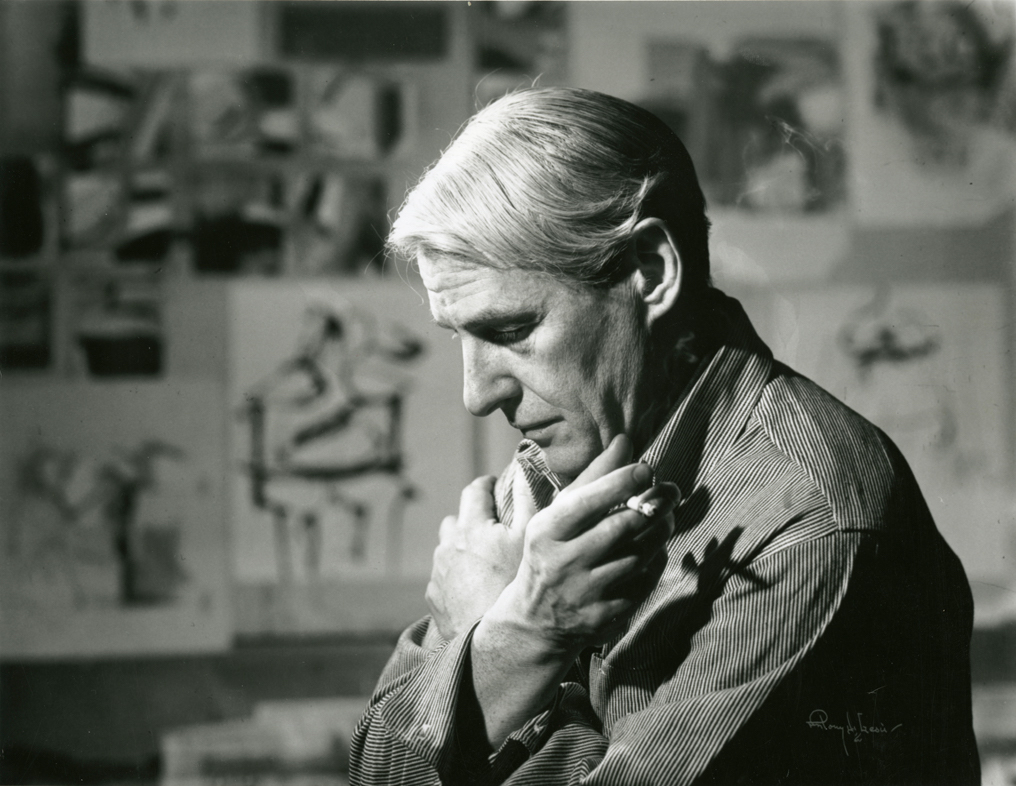
Willem de Kooning was a Dutch-American abstract expressionist painter. Born in Rotterdam, Netherlands, he moved to the United States in 1926, becoming a U.S. citizen in 1962. He was a leading figure in the Abstract Expressionism movement, known for his dramatic and often energetic style. He gained prominence between 1948 and 1953, creating some of his most iconic works, including the Woman series.
De Kooning's paintings combined abstraction with elements of Cubism, Surrealism, and Expressionism. His style evolved over time, with works that ranged from figurative to more abstract pieces. Among his most notable works are "Woman I" (1950-52) and "Excavation" (1950), which reflect his unique approach to painting, characterized by vigorous brushstrokes, bold colors, and complex textures.
Despite his success, de Kooning faced challenges, including personal struggles with alcoholism and deteriorating health due to Alzheimer's disease in his later years. His artwork has had a lasting impact on modern art, and his pieces can be found in major museums and galleries worldwide, such as the Museum of Modern Art (MoMA) and the Smithsonian American Art Museum.
Stay updated on new releases and auction events featuring works by Willem de Kooning by signing up for our exclusive email notifications. Get insider information and never miss a chance to add to your art collection.

Willem de Kooning was a Dutch-American abstract expressionist painter. Born in Rotterdam, Netherlands, he moved to the United States in 1926, becoming a U.S. citizen in 1962. He was a leading figure in the Abstract Expressionism movement, known for his dramatic and often energetic style. He gained prominence between 1948 and 1953, creating some of his most iconic works, including the Woman series.
De Kooning's paintings combined abstraction with elements of Cubism, Surrealism, and Expressionism. His style evolved over time, with works that ranged from figurative to more abstract pieces. Among his most notable works are "Woman I" (1950-52) and "Excavation" (1950), which reflect his unique approach to painting, characterized by vigorous brushstrokes, bold colors, and complex textures.
Despite his success, de Kooning faced challenges, including personal struggles with alcoholism and deteriorating health due to Alzheimer's disease in his later years. His artwork has had a lasting impact on modern art, and his pieces can be found in major museums and galleries worldwide, such as the Museum of Modern Art (MoMA) and the Smithsonian American Art Museum.
Stay updated on new releases and auction events featuring works by Willem de Kooning by signing up for our exclusive email notifications. Get insider information and never miss a chance to add to your art collection.
Franz Kline, an American painter, emerged as a pivotal figure in the post-World War II art scene, where his dynamic black and white abstract paintings redefined the boundaries of abstract expressionism. Born in 1910, Kline's unique approach to painting, characterized by bold, gestural brushstrokes and a stark monochromatic palette, positioned him as a key contributor to the development of Abstract Expressionism, a movement that celebrated spontaneity, powerful expressions of emotion, and individuality in art. His work is not merely an exploration of form and space but a dramatic interaction of light and shadow, evoking intense emotional responses from viewers.
Kline's artistry is distinguished by its focus on the contrast between black and white, using abstract forms to create a sense of dynamic motion and energy. This distinctive style stemmed from his initial experiments with brushstrokes, which evolved from figurative sketches to monumental, abstract compositions. His paintings, such as "Chief" (1950) and "Mahoning" (1956), showcase this dramatic scale and abstract expressionism, making them iconic pieces of American art. These works are celebrated in major museums and galleries worldwide, highlighting Kline's contribution to modern art.
Kline's influence extends beyond his immediate impact on Abstract Expressionism, shaping the trajectory of modern art with his innovative techniques and philosophical approach to painting. His legacy is preserved in the collections of prestigious institutions such as The Museum of Modern Art in New York and the Tate Gallery in London, where his works continue to inspire art lovers, collectors, and experts in the fields of art and antiques. For those passionate about exploring the depths of abstract expressionism and the pioneering artists behind its rise, Franz Kline's work offers a captivating journey into the essence of emotional expression through art.
To stay informed about upcoming sales, auctions, and events related to the remarkable work of Franz Kline, we invite you to sign up for our updates. This subscription is an exclusive opportunity for collectors and art experts to access the latest on available pieces and notable auction events. Join our community to ensure you never miss an opportunity to engage with the legacy of Franz Kline.
Samuel Lewis Francis, an American painter and printmaker, was known for his pivotal role in postwar American painting and his contributions to the Abstract Expressionism and Color Field painting movements. Born in San Mateo, California, Francis' early life was marked by a deep personal loss and a significant injury during his service in the Army Air Corps, which led him to pursue painting while recovering in a hospital. His work, characterized by splashes of bright contrasting colors against expansive white canvases, drew international acclaim, particularly in Europe and Japan, underscoring his influence on the global art scene.
Francis' art evolved through various phases, from monochromatic works to vibrant, large-scale pieces, and was deeply influenced by his time in Paris and Japan, reflecting elements of Tachisme and possibly Zen Buddhism. Notable for creating large murals and his "Edge" series, Francis also founded The Lapis Press, further contributing to the art community by producing visually compelling texts. Despite facing health challenges towards the end of his life, he remained prolific, leaving behind a legacy celebrated through the Sam Francis Foundation, which aims to perpetuate his creative legacy.
Francis' artworks are held in prestigious collections worldwide, including The Metropolitan Museum of Art, The Museum of Modern Art, New York, and the Centre Pompidou-Musee National d'Art Moderne, Paris, highlighting his enduring influence on contemporary art. His auction records and continued recognition in solo exhibitions posthumously underscore the lasting impact of his work on both collectors and the art community.
For those passionate about modern art and its history, staying informed about Samuel Lewis Francis' contributions and the ongoing exhibitions of his works can be enriching. Sign up for updates related to Francis to ensure you don't miss out on new sales and auction events showcasing his vibrant legacy.
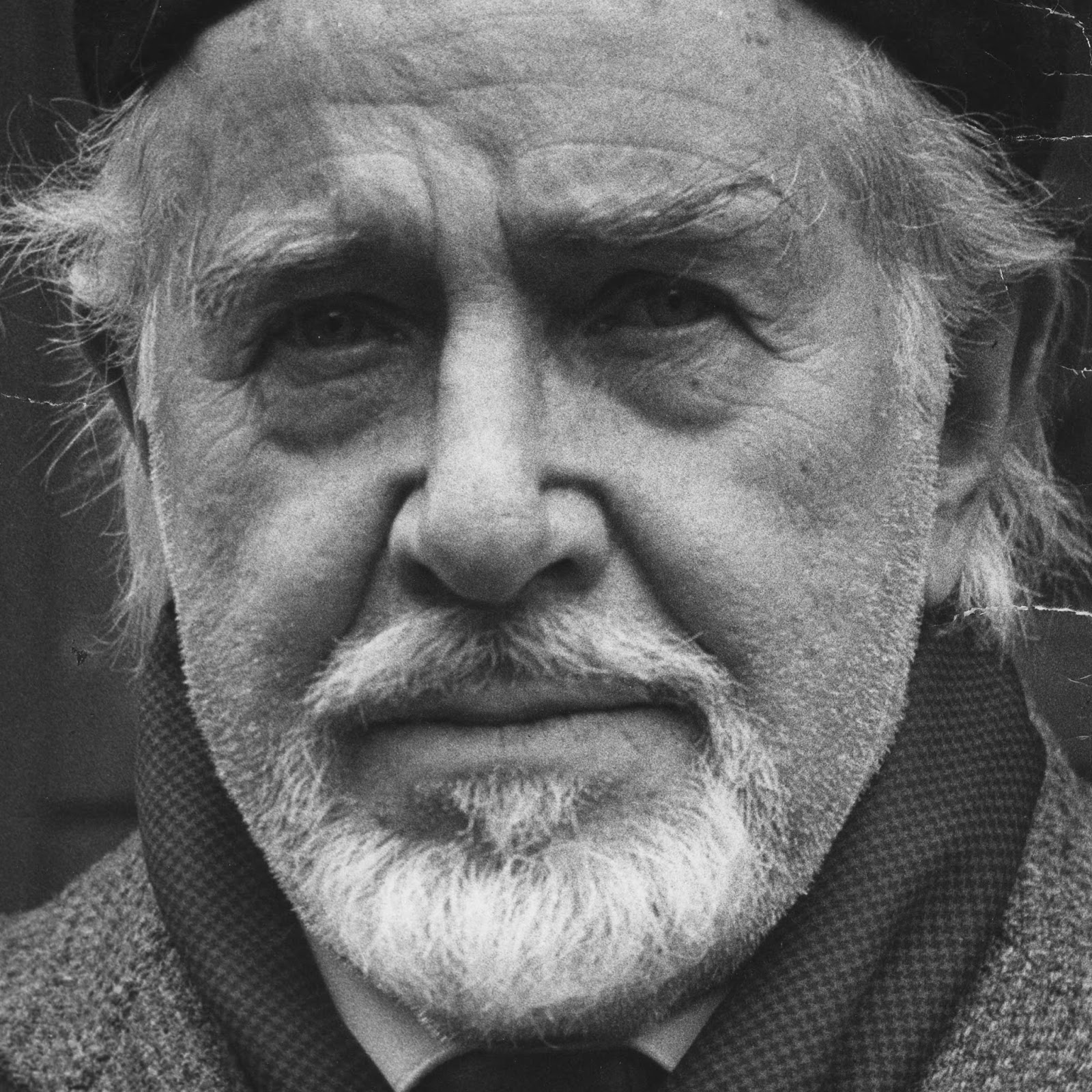
Mark Tobey was an American painter. His densely structured compositions, inspired by Asian calligraphy, resemble Abstract expressionism, although the motives for his compositions differ philosophically from most Abstract Expressionist painters. His work was widely recognized throughout the United States and Europe. Along with Guy Anderson, Kenneth Callahan, Morris Graves, and William Cumming, Tobey was a founder of the Northwest School. Senior in age and experience, he had a strong influence on the others; friend and mentor, Tobey shared their interest in philosophy and Eastern religions. Similar to others of the Northwest School, Tobey was mostly self-taught after early studies at the Art Institute of Chicago. In 1921, Tobey founded the art department at The Cornish School in Seattle, Washington.
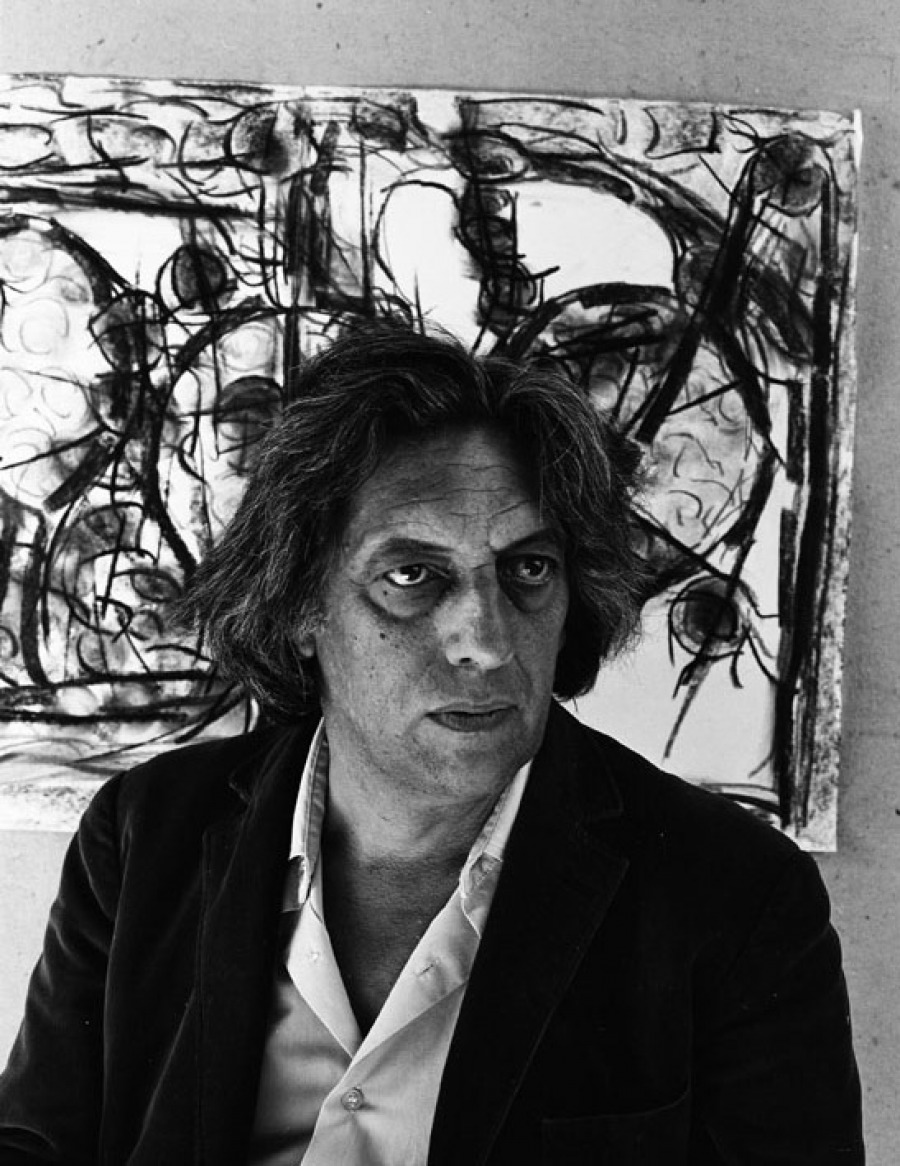
Jean-Paul Riopelle was a Canadian painter and sculptor from Quebec. He had one of the longest and most important international careers of the sixteen signatories of the Refus Global, the 1948 manifesto that announced the Quebecois artistic community's refusal of clericalism and provincialism. He is best known for his abstract painting style, in particular his "mosaic" works of the 1950s when he famously abandoned the paintbrush, using only a palette knife to apply paint to canvas, giving his works a distinctive sculptural quality. He became the first Canadian painter since James Wilson Morrice to attain widespread international recognition.

Jean Philippe Arthur Dubuffet, a pioneering French painter and sculptor, revolutionized the post-war art scene with his radical Matterism movement. He defied the conventional aesthetics of his time, championing "low art" and propelling a more genuine, humanistic image-making approach.
Dubuffet, born in Le Havre, France, in 1901, was a prominent figure at the Ecole de Paris and an advocate for Art Brut, or "raw art", which sought to capture art's purest form. His works were characterized by a rough, unrefined aesthetic, which eschewed academic norms in favor of spontaneity and authenticity.
Art enthusiasts and experts can view Dubuffet's innovative works at institutions like the Museum of Modern Art, where his legacy as a groundbreaking artist continues to be celebrated. His Matterism philosophy has left an indelible mark on the art world, inspiring generations of artists to embrace the beauty in the unconventional.
For those interested in the avant-garde and the legacy of Jean Philippe Arthur Dubuffet, sign up for our exclusive updates. This service is designed for connoisseurs and professionals in the art and antique sector, promising alerts on new insights and events strictly related to Dubuffet's profound influence.

Jean Philippe Arthur Dubuffet, a pioneering French painter and sculptor, revolutionized the post-war art scene with his radical Matterism movement. He defied the conventional aesthetics of his time, championing "low art" and propelling a more genuine, humanistic image-making approach.
Dubuffet, born in Le Havre, France, in 1901, was a prominent figure at the Ecole de Paris and an advocate for Art Brut, or "raw art", which sought to capture art's purest form. His works were characterized by a rough, unrefined aesthetic, which eschewed academic norms in favor of spontaneity and authenticity.
Art enthusiasts and experts can view Dubuffet's innovative works at institutions like the Museum of Modern Art, where his legacy as a groundbreaking artist continues to be celebrated. His Matterism philosophy has left an indelible mark on the art world, inspiring generations of artists to embrace the beauty in the unconventional.
For those interested in the avant-garde and the legacy of Jean Philippe Arthur Dubuffet, sign up for our exclusive updates. This service is designed for connoisseurs and professionals in the art and antique sector, promising alerts on new insights and events strictly related to Dubuffet's profound influence.
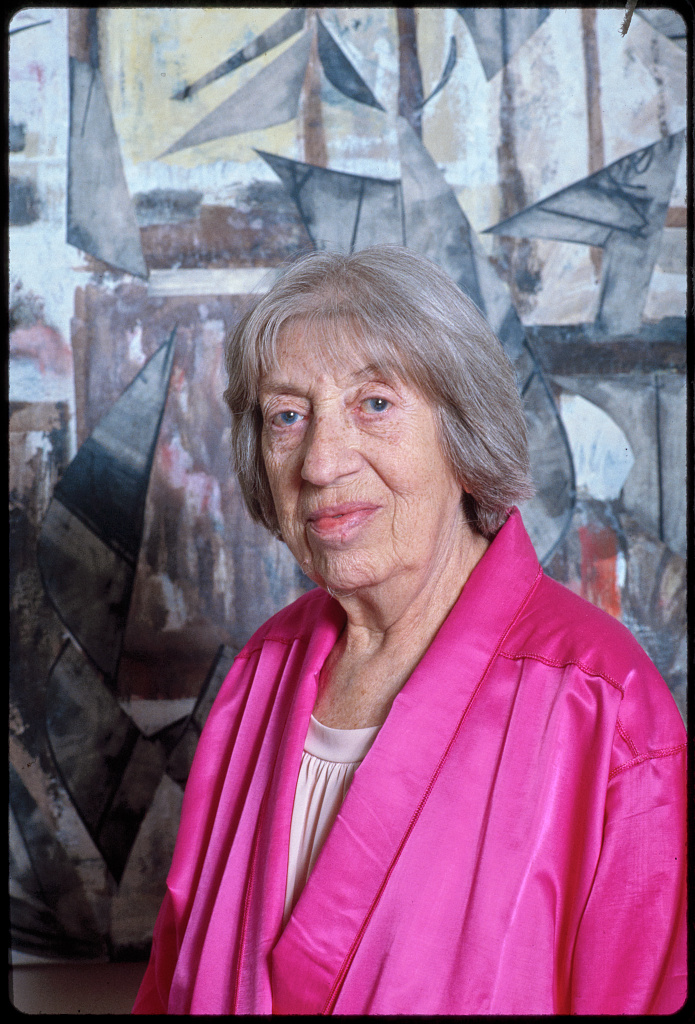
Lenore "Lee" Krasner, born Lena Krassner, was an American painter renowned for her significant contributions to abstract expressionism, a movement that revolutionized art in the mid-20th century. Krasner's work is distinguished by its vigorous abstract imagery, innovative use of color, and emotional depth, reflecting her personal experiences and the cultural shifts of her time. Despite facing challenges in a male-dominated art world, her talent, determination, and unique vision established her as a pivotal figure in the development of abstract expressionism.
Krasner's art evolved through several phases, each marked by distinct styles and techniques. In her early career, she experimented with cubist and neoclassical styles before moving towards abstraction. Her marriage to Jackson Pollock, another key figure in abstract expressionism, influenced her work, yet she maintained a distinct artistic identity. Krasner's later works, characterized by bold, organic shapes and a vibrant palette, earned critical acclaim and are featured in major museums and galleries worldwide, including the Museum of Modern Art and the Whitney Museum of American Art.
Her dedication to art extended beyond her own creations. Krasner played a crucial role in preserving and promoting Pollock's legacy while also navigating the challenges of being an artist in her own right. Her contributions to the art world were recognized posthumously, with retrospectives celebrating her innovative work and her influence on subsequent generations of artists. Krasner's legacy is a testament to her resilience, creativity, and impact on the cultural landscape of the 20th century.
For collectors and experts in art and antiques, Krasner's work offers a profound insight into the evolution of abstract expressionism and its enduring influence on contemporary art. Her pieces not only represent a pivotal moment in art history but also serve as a source of inspiration and contemplation. To stay informed about new product sales and auction events related to Lenore "Lee" Krasner, sign up for updates. This subscription is an excellent opportunity to deepen your appreciation of Krasner's art and ensure you are among the first to know about opportunities to acquire her works.
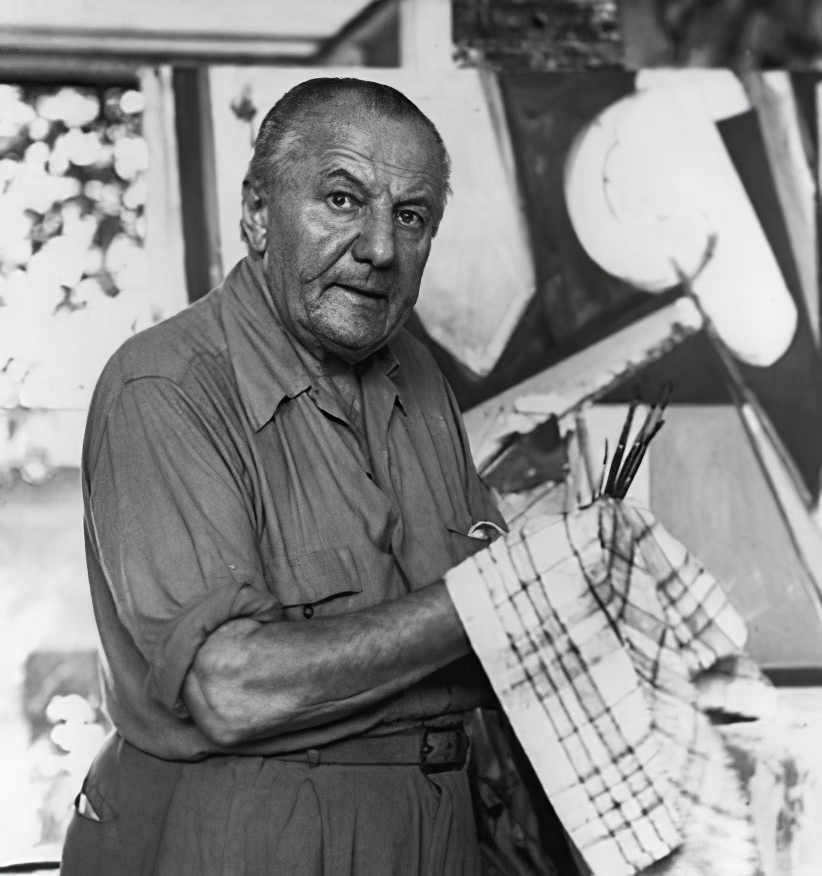
Hans Hofmann, a German-American painter, stands as a towering figure in the 20th-century art world, celebrated for his vibrant contributions to abstract expressionism. Born in Germany in 1880, Hofmann's journey in art took him across continents, from Europe to the United States, where his innovative teaching methods and bold, color-filled canvases left an indelible mark on generations of artists. His unique approach to painting, characterized by a dynamic interplay of color and form, helped bridge the gap between the European modernist traditions and the emerging American abstract art scene.
Hofmann's work is distinguished by its intense color palettes and the technique he termed "push and pull," which refers to the careful balance of color and shape to create depth and movement within the canvas. This technique not only showcased his mastery over the medium but also influenced the development of abstract expressionism, making Hofmann a pivotal figure among his contemporaries. His paintings, such as "The Gate" (1959-60), exemplify this approach and are celebrated in prestigious museums worldwide, including the Museum of Modern Art in New York and the San Francisco Museum of Modern Art.
Beyond his personal contributions as an artist, Hofmann was an esteemed educator, guiding the next generation of artists through his schools in New York and Provincetown. His teaching philosophy emphasized the importance of understanding the fundamental elements of art—color, form, and space—and their interrelation, which he believed was key to achieving harmony and expression in painting.
For collectors and experts in art and antiques, Hans Hofmann's works represent not just significant artistic achievements but also valuable pieces of cultural history. His paintings and teachings continue to inspire and influence the art world, making his pieces highly sought after in galleries and auctions.
We invite you to sign up for updates on new product sales and auction events related to Hans Hofmann. This subscription is your gateway to owning a piece of art history, ensuring you're informed of the latest opportunities to add to your collection. Join us in celebrating the legacy of a master whose work transcends time and continues to dazzle the art world.


